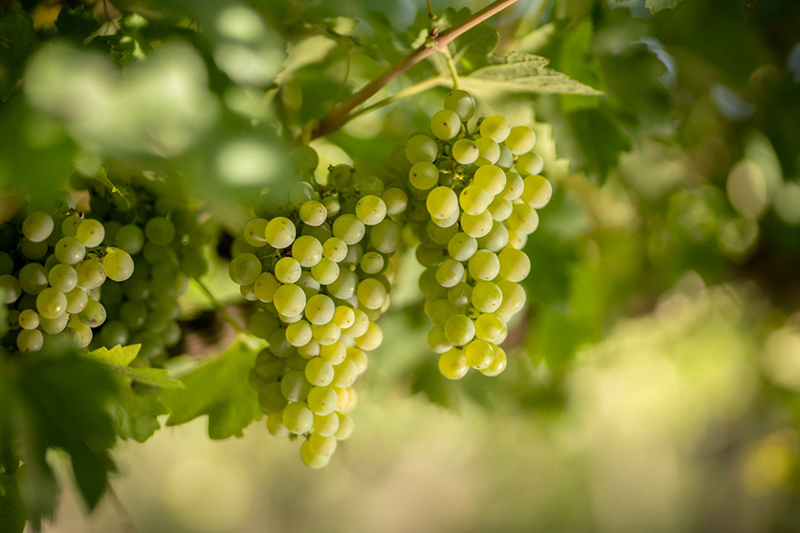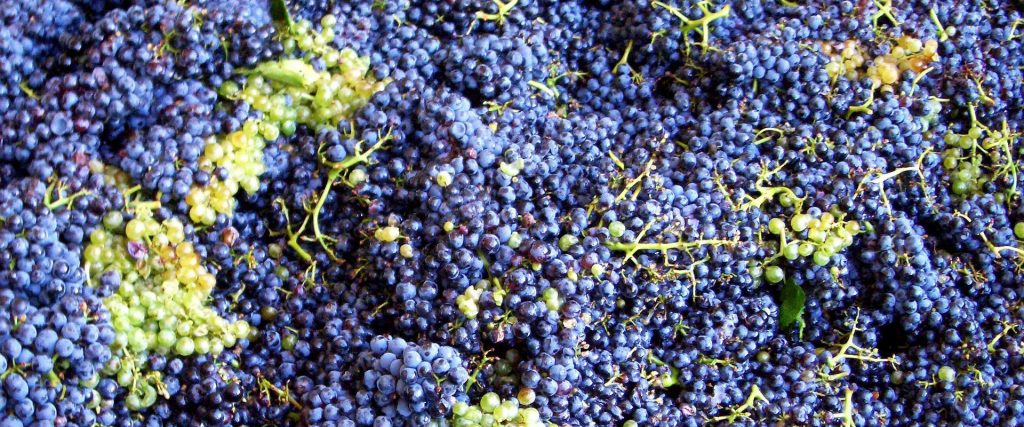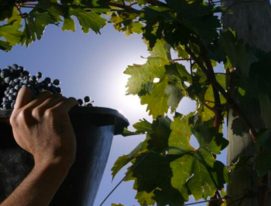Measured in terms of economic success domestically and overseas, the field of Argentine wine might not seem to extend much further than Malbec and a few well-known favorites such as Cabernet Sauvignon, Chardonnay and Cabernet Franc.
However, the registry of varieties planted in the country stretches to as many as 160, which isn’t very surprising given the number of European immigrants who came to Argentina with vines under their arms.
Many get hidden away in blends, others have been sadly lost in the commercial churn, while others are relegated to experimental or adventurous status. But there are several unconventional grape varieties in Argentina that have found favor with wineries, enriching Argentine wine culture and driving innovation.
For some wineries, this has happened by chance while others feature as part of carefully laid plans to promote unconventional grape varieties in Argentina. For example, Norton started to experiment with Grüner Veltliner, Austria’s star variety, due to their ties with the Swarovski family – the current owners of the winery. Today, they have vineyards planted with the grape in Agrelo and San Pablo.
“We started using it as a base for sparkling wine and some blends but from 2015 onward I decided to experiment a little more,” says oenologist David Bonomi, who has now produced the still white Norton Grüner Veltliner.
“In Austria, Grüner Veltliner wines stand out for their white pepper notes and sharp acidity. On our first forays in San Pablo, at a height of 4900 feet, the wines presented these characteristics and also have a fresh nose with green apple notes. In Agrelo, in contrast, it was different with white fruit aromas and a lovely mouthfeel.”
But Norton wasn’t the first major winery to explore the world of Unconventional grape varieties in Argentina. Several other houses have looked to add color and variety to their catalogues: for example, in their Textual line Santa Julia has been working with grapes such as Carménère and Caladoc, while Terrazas de los Andes is the only Argentine winery to grow Petit Manseng for their Single Vineyard Tardío in which the grapes are lightly sun-dried.

Unconventional grape varieties in Argentina: reclaiming history
Germán Masera, from Escala Humana Wines, is focusing on the Bequignol and Malvasía varieties as part of a project looking to reclaim history and lost heritage.
“During the export and Malbec boom, a lot of vines were lost. But the thing about Argentina is we can plant whatever we want. I’ve found incredible things along the way: diversity, authenticity, old vines used for all kinds of viticulture. If they’ve lasted an average of 90 years so far, we need to ensure that they live 100 years more, working diligently and gathering all the information we can. I see it as a contribution to the community.”
His interpretation of Bequignol has taken a grape that is all but extinct in its native Gironde to another level: in Argentina 600 hectares are under vine. It has never been used as a varietal in France but in Mendoza, Masera has produced one for his Livverá line: a rich versatile wine. “It’s a good beginner wine because it’s easy to drink and full of flavor, but it will also keep a table of experts interested.”
Marcelo Miras, from Miras Wines, has been working along similar lines, for the moment with Trousseau, a red that in Europe is native to Jura (France), Galicia (Spain) and Dão (Portugal). Like Miras, Riccitelli Wines is making its own version from old vines – under its other name Bastardo – in Río Negro, as part of its Old Vines line.
“We decided to work with Trousseau as a challenge: when we rented a vineyard in the Alto Valle del Río Negro, which was supposedly planted with Merlot and Malbec, we also found some neglected Trousseau. We decided to restore it and began to produce it as a varietal. Planted in 1977; people had confused it with Pinot Gris. The last census by the National Wine Institute determined that it was Trousseau and it’s generally made as a Blanc de Noir but we decided to make it as a red varietal,” says Marcelo Miras.
“It offers fruity aromas, evoking red fruit while in the mouth it has delightful acidity with good structure and rich tannins.”

A Mediterranean touch
In Mendoza, Mediterranean varieties figure highly on lists of unconventional grape varieties in Argentina, featuring in a range of different approaches.
For example, there are Parcelas Originales Glera from Bodega Alfredo Roca (a still white made with the same grape as the Italian DOC Prosecco), and Caelum Fiano, a variety traditionally from Campania; a floral white with a lovely texture. The Durigutti brothers, meanwhile, have honored their family legacy with a Cordisco (also known as Montepulciano in the Abruzzo region) in their Proyecto Las Compuertas line and an organic Nero D’Avola fermented in amphorae in their Inframundo line.
Meanwhile, Ver Sacrum have added Nebbiolo under the La Dama del Abrigo Rojo brand and a Mencía under the Doña Mencía de Los Andes brand in a portfolio dedicated to traditional French wines from the Rhone Valley.
Onofri Wines have produced Teroldego and Carignan, among others, for their Alma Gemela line while Krontiras Wines were inspired by their owners’ Greek heritage to begin an exotic experiment with the Assyrtiko, Agiorgitiko and Moschofilero varieties. They have also released the red Aglianico under the Krontiras and Explore lines, a grape that in Italy is the main ingredient in the potent DOCG Aglianico del Vulture.
“I started working with these kinds of variety as a researcher for The Vines. As a sommelier I was able to travel and to learn about the grapes,” says Mariana Onofri at Onofri Wines. “I wanted to see which would adapt best to the different valleys of Mendoza: not just in Los Chacayes, but also grafting vines from 1940 with Carignan, Monastrell or Garnacha to see how they’d adapt to the north of Mendoza.”
As Mariana explains, her version of Carignan for Alma Gemela is less intense and concentrated than those generally found in the Spanish region of Priorat. “It grows spicier, with cherry flavors and a touch of menthol, especially in Lavalle, where I think it does better than in Los Chacayes.”
The Teroldego (also for Alma Gemela) surprised her with its excellent polyphenolic ripeness and unusual natural acidity: in its native Trentino-Alto Adige Natal it’s generally used as a base for far more robust wines.
Regarding Aglianico and Assyrtiko, Maricruz Antolín – the oenologist Krontiras – notes that they are good at maintaining their acidity in warm climates. “We bought the Aglianico in Italy in 2011 to lend natural acidity to our wines, which is why our rosé has a little must from the grape. When we made it as a red we found that it is very expressive and the style is very pleasant.
“We couldn’t bring Assyrtiko from Greece because it hadn’t been certified as virus-free. However, in Mendoza, we found some rows owned by a descendent of Greek immigrants and we were very interested. It isn’t as saline as you find on Santorini Island, but its PH is still low and it has good natural acidity.”
Thus we have a glimpse of unconventional grape varieties in Argentina, demonstrating the scene’s enormous diversity and hinting at all the pleasant surprises that lie in store. It’s time to go exploring!


